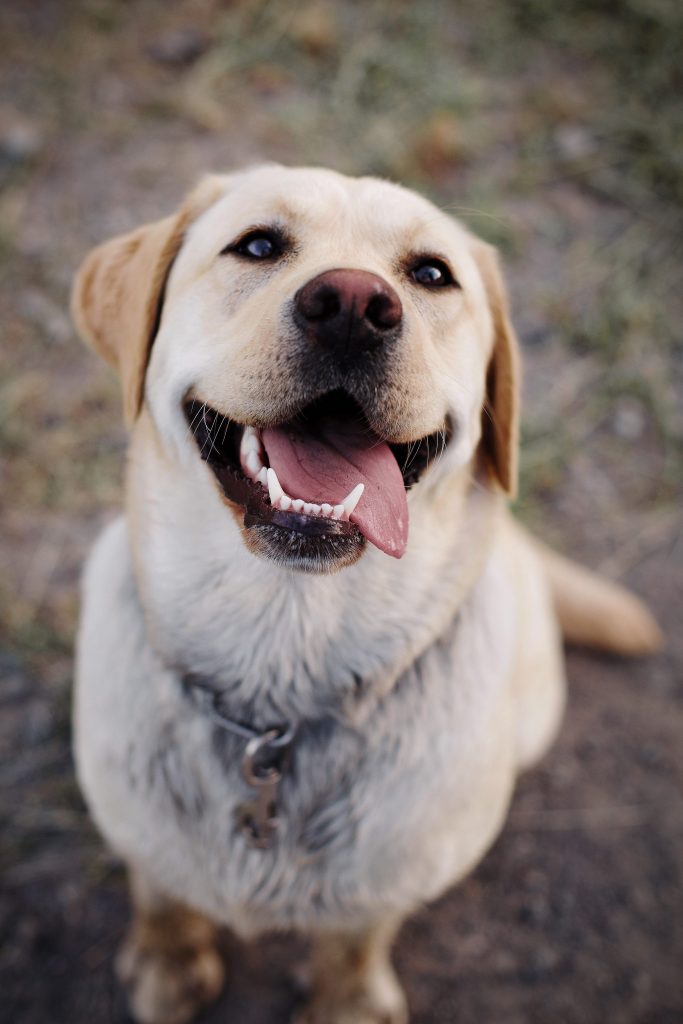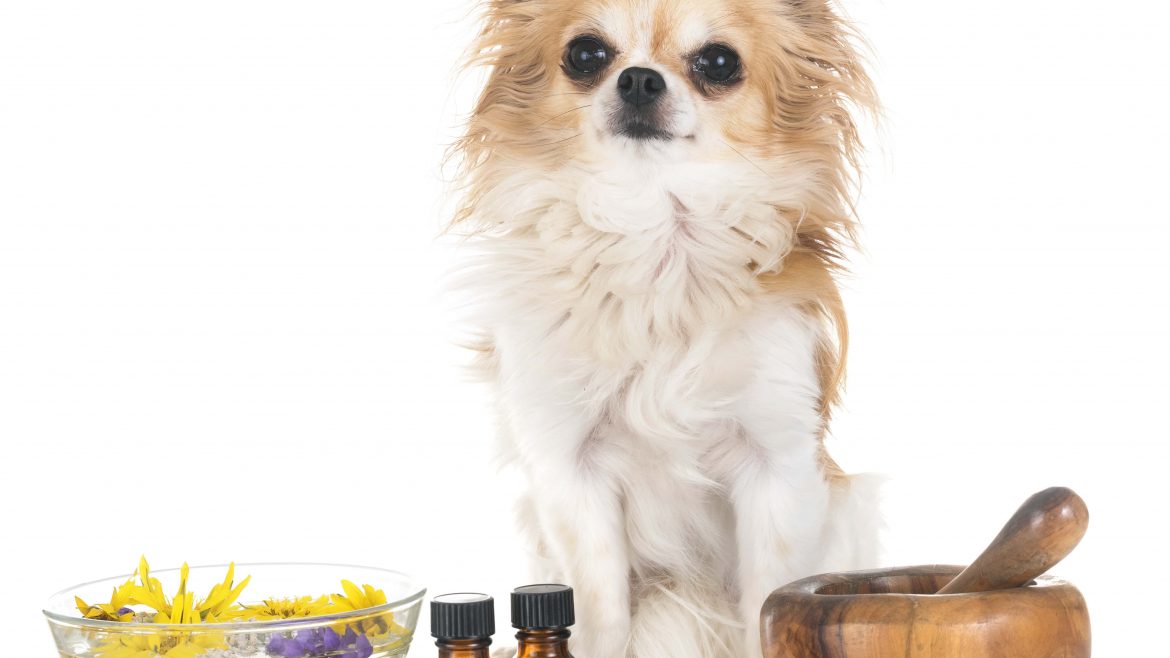Essential Oils and Dogs: Words of Advice
The use of medicinal plants and aromatic oils dates back to the beginnings of human civilization. Clearly, we humans have an affinity towards certain plants and their scents. And with reason!
- They smell amazing (most, but not all: have you ever smelled Valerian? Ouff!)
- They can lift our mood
- They can calm us down
- They can help us sleep
- They can prevent and treat certain ailments
- Etc.
But what about dogs? What about our canine sidekicks, AKA our furry friends, AKA those little rascals who run rampant around our house all day?
What about them? Do dogs like essential oils? More importantly, are essential oils safe to use around dogs?
The basics of essential oil use with dogs.
There are 3 ways in which your dog be exposed to essential oils: ingestion (i.e. through the mouth), inhalation (i.e. through the nose) and application (i.e. through the skin).
Generally speaking, dogs should not be exposed to essential oils either through ingestion or application, since these are “direct” forms of contact. Inhalation is the safest method of the three (relatively speaking), since it’s the least direct and is the easiest method to control (i.e. through diffusion, dilution).
Of course, this is most easily accomplished using a diffuser.
What should I look out for when using essential oils around my dog(s)?
Frankly, there is not much information on the effects of essential oils in pets. Because of this, it’s best to err on the side of caution.
Here are some ground rules when having pets at home:
Before you do anything, ALWAYS check with your veterinarian first. They are the experts, not us!
Before you do anything, check ASPCA’s list of “Toxic and Non-Toxic Plant List” for dogs
NEVER expose dogs under 10 weeks old to essential oils.
If you choose to expose your dog to essential oils, do it gradually. It’s important to test your dog’s tolerance to the oil.
As you gradually expose your dog to an essential oil, pay attention to how it reacts to it. If you notice any discomfort or agitation, move your dog to a well-ventilated room and stop using the product.
NEVER use essential oils in their concentrated form; they should ALWAYS be diluted before use, either with water or a carrier oil. Suggestion: a rate of 1 drop of essential oil to 50 drops of carrier oil is usually sufficient.
Use high quality essential oils from providers you trust. Always check the instructions before use.
Some essential oil products are not made from pure oils; there may be additional ingredients in them that are harmful to dogs. ALWAYS check what other ingredients are present in your essential oil before using them.
Keep your essential oils (bottles, diffusers, bowls, etc.) out of reach of your dogs. Dogs are naturally curious creatures; they could easily tip something over and spill oil all over the floor, causing a potentially disastrous situation.

With dogs, LESS IS MORE. Dogs react to essential oils very differently than we do. For one, they have an enhanced sense of smell: “they possess up to 300 million olfactory receptors in their noses, compared to about six million in us. And the part of a dog’s brain that is devoted to analyzing smells is, proportionally speaking, 40 times greater than ours.” In this sense, essential oils can be become overwhelming pretty quickly.
To give you an idea, imagine swimming in a pool of perfume. Does that sound appealing to you?
Do not use essential oils around dogs that have liver problems (as most of the chemicals in the oils are metabolized by the liver)
If you suspect something is wrong with your dog, call your veterinarian right away. If they aren’t available, you can also call the Pet Poison Helpline (800-213-6680) or the Animal Poison Control Center (APCC) at (888) 426-4435.
OK, but what oils are safe to diffuse around dogs?
Here are some suggestions:
- Cedarwood oil
- Lavender oil
- Lemongrass oil
- Frankincense oil
- Spearmint oil
- Cardamom oil
What can I do with these essential oils?
Some people like to use essential oils to:
- Reduce their dog’s anxiety (i.e. separation anxiety)
- Eliminate or ward off fleas
- Treat disease or symptoms
- Many other things…
Although many people may swear by the effectiveness of essential oils with respect to these purposes, the truth is that there simply is not enough evidence to back up these claims.
Because of this, it’s best to consult your veterinarian before using any essential oils.
In the end…
According to the Pet Poison Helpline, most essential oil-related incidents are due to insufficient information; we just aren’t aware of the all the risks and consequences associated with essential oils.
That’s why it’s always best to check with our friendly pet experts, veterinarians, before using essential oils.
If you do, your dog will hopefully look like this for as long as possible!


